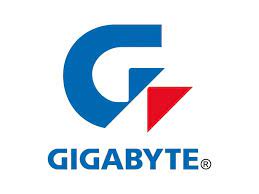Securing your Wi-Fi network is crucial to protect your devices and data from unauthorized access. Here are some key steps you can take:
1. Strong and Unique Password:
- Change the default SSID (name) and password: Don’t use the manufacturer’s default settings, as they are widely known and easily exploitable.
- Create a strong password: Use a combination of upper and lowercase letters, numbers, and symbols, with at least 12 characters. Avoid using personal information or dictionary words.
- Unique password for each network: Avoid using the same password for your home and work Wi-Fi networks.
2. Encryption:
- Enable WPA3 encryption: WPA3 is the latest and most secure Wi-Fi encryption standard. If your router doesn’t support WPA3, use WPA2 (AES). Avoid using WEP, as it is no longer considered secure.
- Disable Guest Network: Unless you regularly have guests, keep the guest network disabled to minimize potential vulnerabilities.
3. Network Management:
- Hide your network SSID (optional): This makes it harder for others to see your network, but it doesn’t guarantee complete security.
- Enable MAC address filtering: This allows you to specify which devices can connect to your network by their unique MAC address. However, it can be time-consuming to manage and some devices might not have static MAC addresses.
- Disable remote access to your router: This prevents unauthorized access to your router’s settings from the internet.
4. Additional Tips:
- Keep your router firmware up to date: Regularly check for and install firmware updates from your router manufacturer to address security vulnerabilities.
- Place your router strategically: Position your router centrally in your home for optimal coverage and avoid placing it near walls or metal objects that can weaken the signal.
- Monitor connected devices: Regularly check the list of devices connected to your network and identify any unknown devices.
Remember: While these steps significantly improve your Wi-Fi security, no single measure is foolproof. Maintaining a layered security approach, including strong passwords, encryption, and user awareness, is essential for comprehensive protection. If you have concerns about advanced security threats or managing your network security, consider consulting a qualified IT professional for further guidance.





















































































